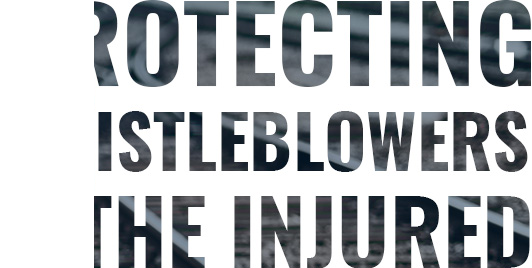The railroad industry is inherently dangerous; employees face a higher rate of injury than employees in most other industries in America. You have probably heard of the Federal Employers Liability Act (FELA) which provides financial support for injured railroad employees, but do you fully understand how it works?
One key concept behind FELA benefits is comparative negligence. This concept determines an injured worker’s eventual recovery of benefits. How could this affect your case?
Claims are dependent on the railroad’s negligence
Most of America’s workers fall under the workers’ compensation system. This system covers workers regardless of who was to blame for the accident. FELA does not work in the same manner.
Railroad employees can only recover benefits if the railroad company’s negligence contributed to their accident. Therefore, even if an employee is seriously injured, but the court decides that the accident was entirely the employee’s fault, they may not recover benefits from FELA.
Determining the degree of responsibility
In all FELA cases, the court must determine the relative degree of fault for the accident, known as comparative negligence. Therefore, if the railroad company provided insufficient safety training, but the employee also failed to act with the proper degree of caution, each might be considered partially at-fault for the accident and injury.
If the railroad is determined to be 80 percent at-fault, their employee can collect 80 percent of the determined recovery. If the railroad is determined only 20 percent at-fault, the employee can only collect 20 percent of the determined recovery.
What kinds of costs are covered?
To determine damages, the court will take several things into account:
- Medical costs
- Lost wages
- Pain and suffering
The final recovery hinges on the determined level of comparative negligence. Therefore, it is important to clearly explain why the railroad is at fault for the accident, and provide any supporting evidence you may have.

